You’ve traveled to far-flung locations, but you still want to enjoy the comforts of home. That’s where an overland camp stove comes in handy. It allows you to cook just like you do at home—and with much less effort than trying to whip up a meal over an open fire.
In this guide, we’ll explore what makes up an overland camp stove, how they work, and some tips on how to choose one that fits your needs.
CHOOSE A CAMP STOVE THAT’S THE RIGHT SIZE

Photo Credit: Eureka!
When choosing an overland camp stove, the first thing you need to decide is how big of a cooking surface you want. Think about what you’re going to use it for.
- Small camp stoves – if you’re doing a lot of solo backpacking trips, or just car camping with friends every now and then, they’re your best option. They normally go by the an estimated size of 4 inches x 5 inches x 3 inches.
- Large camp stoves – if your main goal is cooking large meals for groups of people (think: family gatherings or something similar), they won’t disappoint. Their size is usually around 20 inches x 10 inches x 4 inches.
Large Stove vs Small Stove
In general terms, smaller stoves are easier to transport than larger ones; however, they also tend to be less powerful and take longer when heating food up on top of them.
On the other hand, larger stoves are more powerful and easily heat food but bulkier in size overall due to their increased weight—which means that carrying them around could become difficult if not properly kept in duffels or backpacks beforehand.
PLAN YOUR HAUL
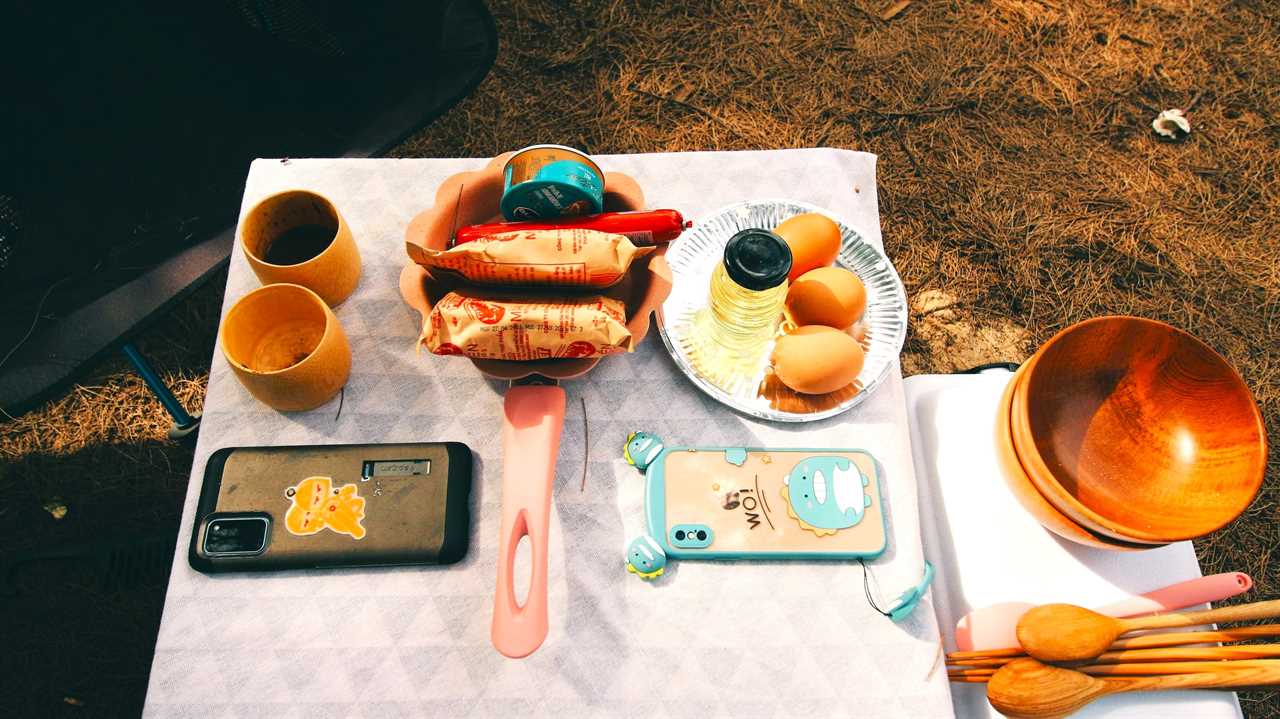
The first thing you need to do is figure out how much food and fuel you’ll need for the length of your trip. The amount of fuel required depends on how often you plan on cooking, but it also depends on where you are in the world. In general, consider these guidelines:
- If it’s hot and humid, you’ll need more fuel than if it’s cold or dry.
- You’ll use more fuel when cooking over a fire than with an alcohol stove or pressurized canister stove (e.g., Jetboil).
Amount of Camp Food Per Person
To get a rough idea of how much food each person should carry, multiply his or her weight by 2-3 pounds, depending on how much is eaten per day. Then add a few days worth of emergency rations for each member of the crew in case something goes wrong with your supply chain (e.g., getting lost) or an animal decides that your pack would make an excellent chew toy!
CHOOSE A DEPENDABLE CAMP STOVE FUEL TYPE
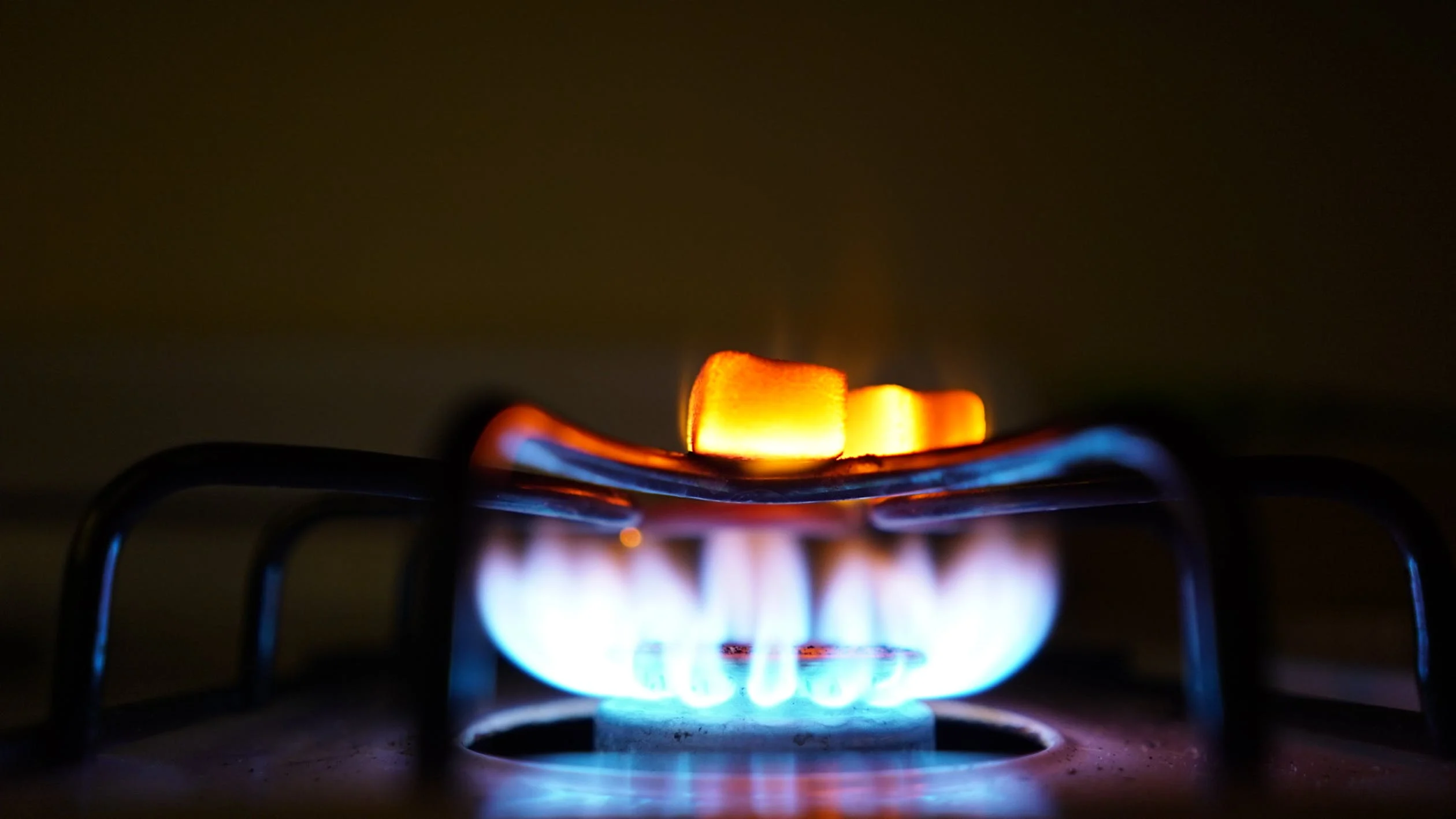
The most common fuel source for an overland camp stove is propane. It has the advantages of being relatively inexpensive and easy to use, making it ideal for beginners.
However, butane is great as backup fuel or for use in stationary applications like cooking outdoors or lighting candles at night in your campsite—especially if you’re planning on traveling extensively in remote locations where refills may not be readily available.
Propane
Pros
- Used on 2 or more burners.
- Easily heats up at -42 degree Celsius.
- Withstands extremely cold temperatures.
- Easy to use.
Cons
- A little expensive compared to butane.
- Mostly for short trips.
Butane
Pros
- For longer trips.
- More inexpensive than propane.
- Heats up at -2 degree Celsius.
- Easy to use.
Cons
- For single burners only.
- Won’t be effective against extremely cold temperatures.
In some cases, you may also get multi-fuel stoves that let you use a variety of fuels. They’re more expensive than your regular camp stoves but they’re a wise choice in areas where other fuels are unavailable or too expensive to purchase. Discover what other camp stove fuel types are out there when you read, Camping Stove Fuels Explained and Ranked.
THINK ABOUT THE CAMP STOVE HEATING CAPACITY
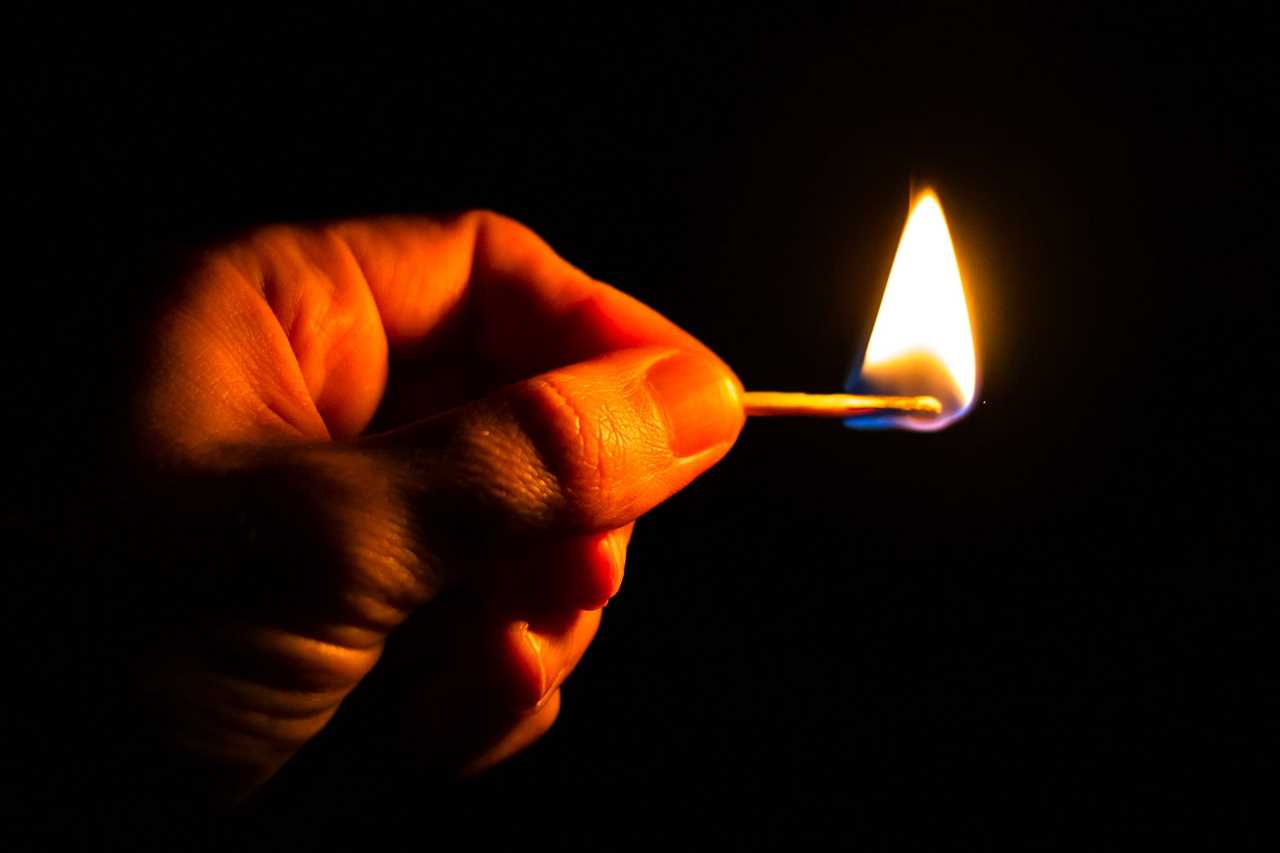
One of the first things to consider when purchasing a camp stove is the amount of power your cooking needs require. This is where the British Thermal Unit (BTU) comes in. Simply put, it’s the unit of measurement that refers to your camp stove’s heating capacity or the level of energy used to burn 1 match stick. A typical residential stove has a heating capacity of 10,000 BTU and the same thing goes for a standard camp stove. Take note that it only refers to a single burner so you can imagine the heat output level when the number of burners increase.
Are you going solo or in a 2-person group? Then a 10,000-BTU camp stove is enough. If you’ll find yourself in a group of 5-10, getting a camp stove with 20,000 BTU is fine. If you’ll be about 20-30 in the group, then a camp stove with 50-60,000 BTU would suffice. However, the latter rarely happens because overlanding and camping are only taken by a few people. More on this topic when you check How Many BTUs Do I Need for My Camping Stove?
USE A PORTABLE OVERLAND CAMP STOVE

Photo Credit: Coleman
If you’re looking for a stove that’s lighter than your average camp stove, because you prefer traveling alone or with only your partner or pet, getting a portable overland camp stove is a good idea. Its weight normally ranges from 80-160 ounces. See the conversion table below.
| Weight in Ounces (oz.) |
Weight in Pounds (lbs.) |
| 80 |
5 |
| 96 |
6 |
| 112 |
7 |
| 128 |
8 |
| 144 |
9 |
| 160 |
10 |
But before you go running out and buying one of these kind of stoves, there are some things you should know:
- They’re more expensive than regular camp stoves—because they’re convenient to carry and easy to store.
- Portable camp stoves are also more fragile than traditional models—the tiny parts break easily when dropped or knocked around by accident during transportation.
CAMP STOVE GRIDDLE
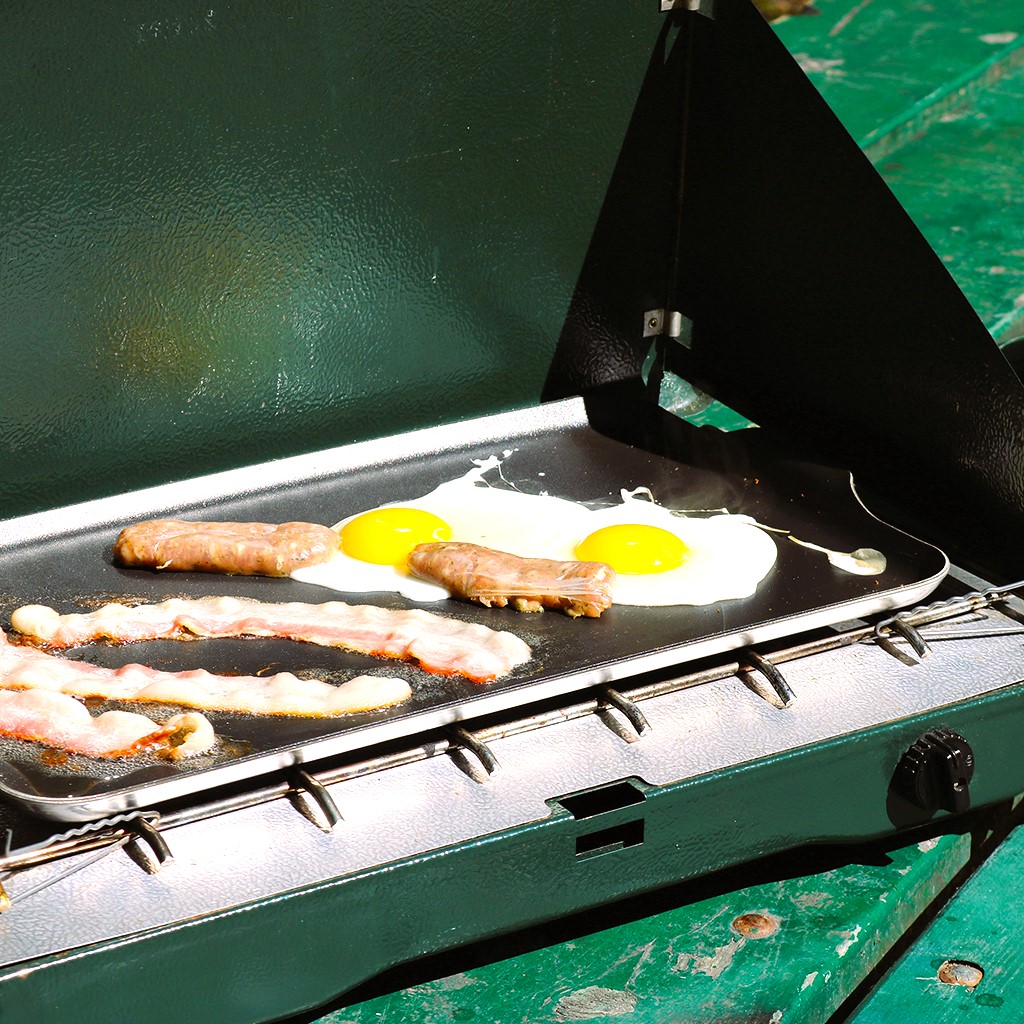
Photo Credit: Coghlan’s
If you’re want to make eggs, pancakes, bacon or sandwiches on your camping stove, a griddle is the right choice. Griddles are typically made of stainless steel and have a metal handle on one side. They’re designed handle large food quantities if you’ll be cooking for your family or group of friends.
The best camp stoves have a griddle-friendly cooking surface area of four inches by five inches or more. This size allows you to cook up eight large pancakes at once (or ten medium ones) for breakfast.
FAMILIAR COOKING IN REMOTE LOCATIONS
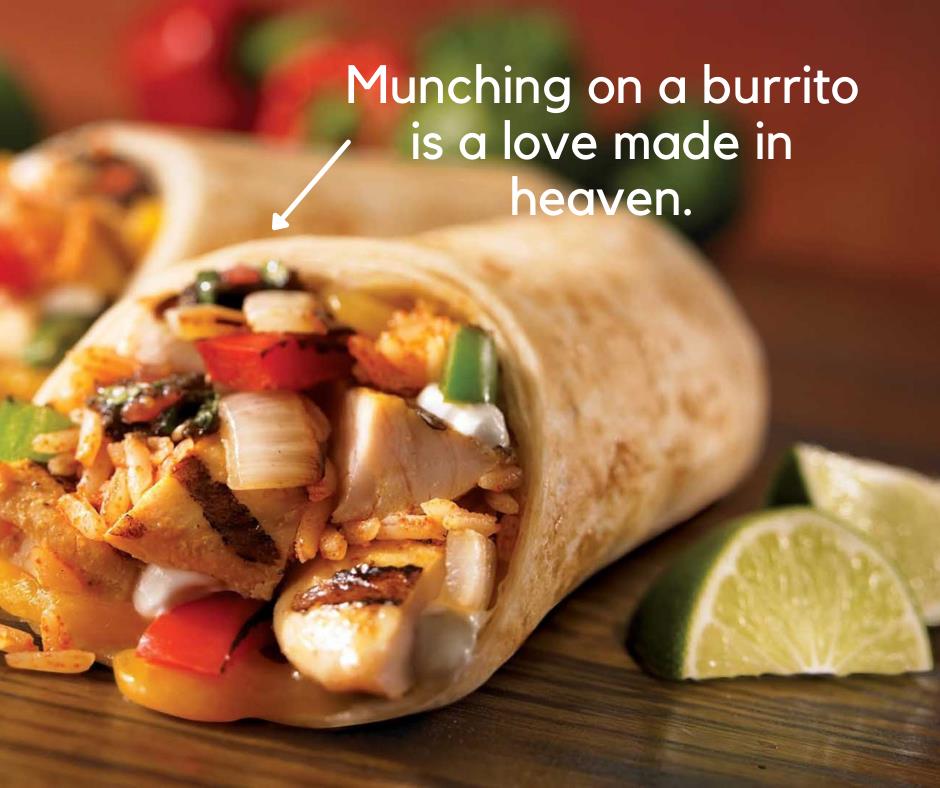
Overlanding and camping have become increasingly popular in recent years, and a big part of this trend is the availability of easy-to-pack and lightweight cooking equipment. Overland camp stoves are designed to provide reliable power even in remote locations. This means it’s still possible for you to enjoy the comfort of familiar cooking methods even when you’re deep into the wilderness.
Try some of the best off-road and camping snacks on your adventure to make the most out of it!
CONCLUSION
There are many factors to consider when choosing an overland camp stove. You may want a smaller size for backpacking or the ability to use a different type of fuel depending on what’s available where you travel. However, the most important thing is to choose the one that suits your needs. Share us your insights via commenting below.
https://offroading.com/how-to-pick-an-overland-camp-stove/?utm_source=rss&utm_medium=rss&utm_campaign=how-to-pick-an-overland-camp-stove
 Backyard GrillingWeekend WarriorsAdvice from DadBeard GroomingTV Shows for Guys4x4 Off-Road CarsMens FashionSports NewsAncient Archeology World NewsPrivacy PolicyTerms And Conditions
Backyard GrillingWeekend WarriorsAdvice from DadBeard GroomingTV Shows for Guys4x4 Off-Road CarsMens FashionSports NewsAncient Archeology World NewsPrivacy PolicyTerms And Conditions
